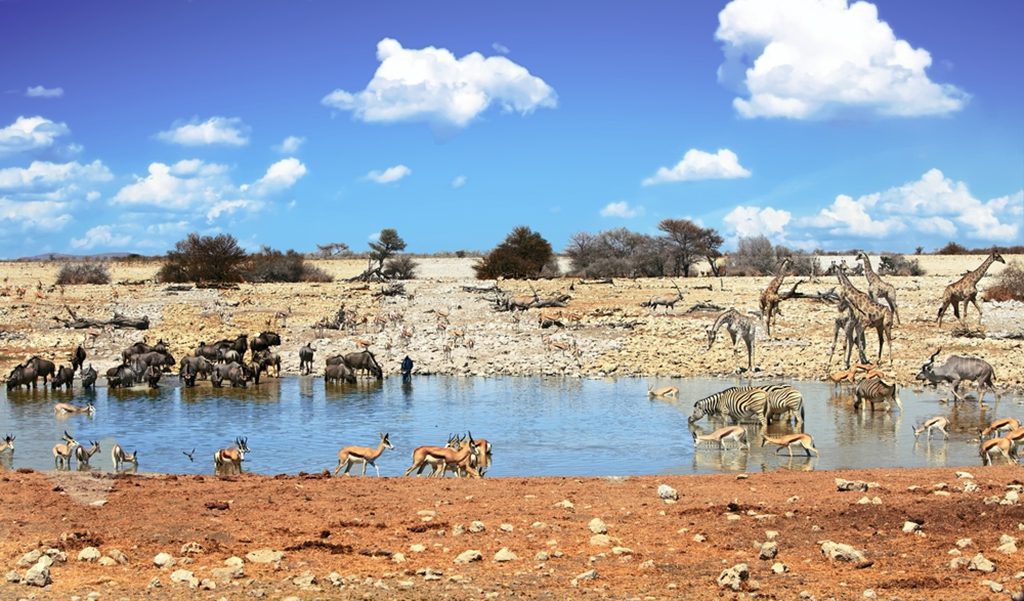Embark on a Journey to Discover the Beauty of Amazing National Parks in Namibia
Namibia beckons with its captivating landscapes, from stunning vistas to the charm of barren desert terrain, all teeming with a rich abundance of wildlife. Despite the magnificence of its national parks, this country often remains overshadowed by the allure of Kenya and its neighboring South Africa.
10. Mangetti National Park
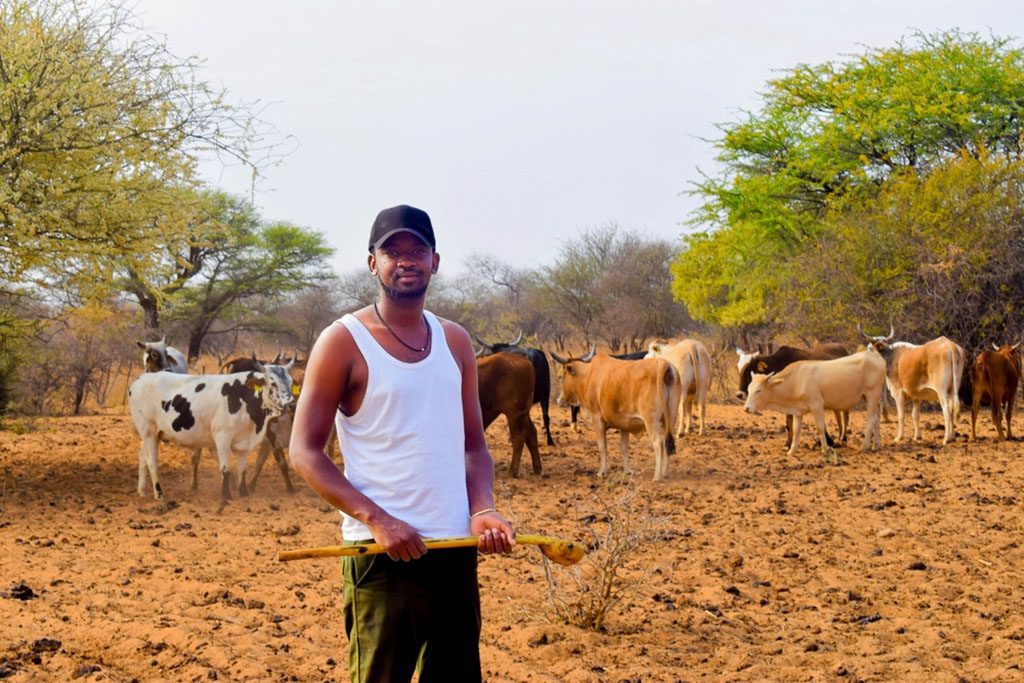
Mangetti Park is surprisingly diverse and extensive for its relatively small size. After years of focusing on the reproduction of rare and endangered species, the region has been converted into a national park in the hopes of attracting more visitors. Mangetti’s off-the-beaten-path landscapes are stunning, and the park’s incredible variety of wildlife makes them well worth exploring.
Elephants and rhinos are only two of the many huge and small animals that wander the savannah and gather at watering holes in this area rich in biodiversity. In Mangetti, you can see the incredibly rare wild dog, and just being in the environment will make you feel like you’ve stepped into an uncharted part of the earth.
Amazing National Parks in Namibia: Khaudum National Park
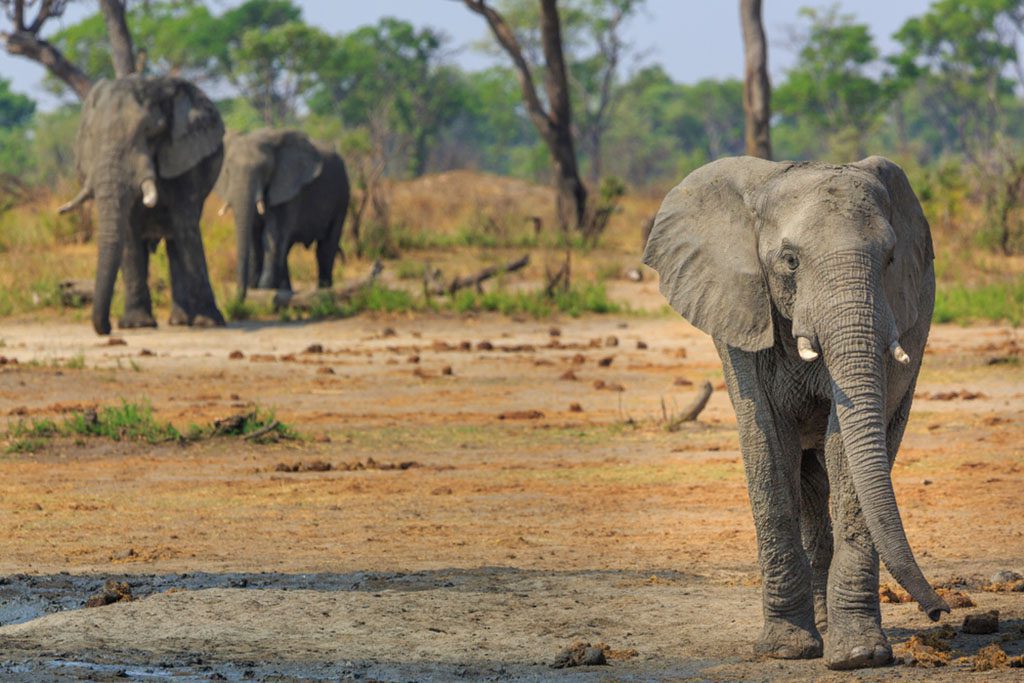
Khaudum National Park is a small, remote national park in the northeastern corner of Namibia. Those seeking a quiet and calm wilderness experience can appreciate its low visitor volume. The national park is wild and untamed, with dry acacia forests and savannah, as well as a few rivers that provide life but dry up outside of the rainy season.
Since there are no fences separating the park from neighboring Botswana, animals can freely enter and exit the area as they want. Enjoy the solitude of wildlife viewing among vast herds of elephants, giraffes, lions, leopards, and other species in their natural habitats.
8. Dorob National Park
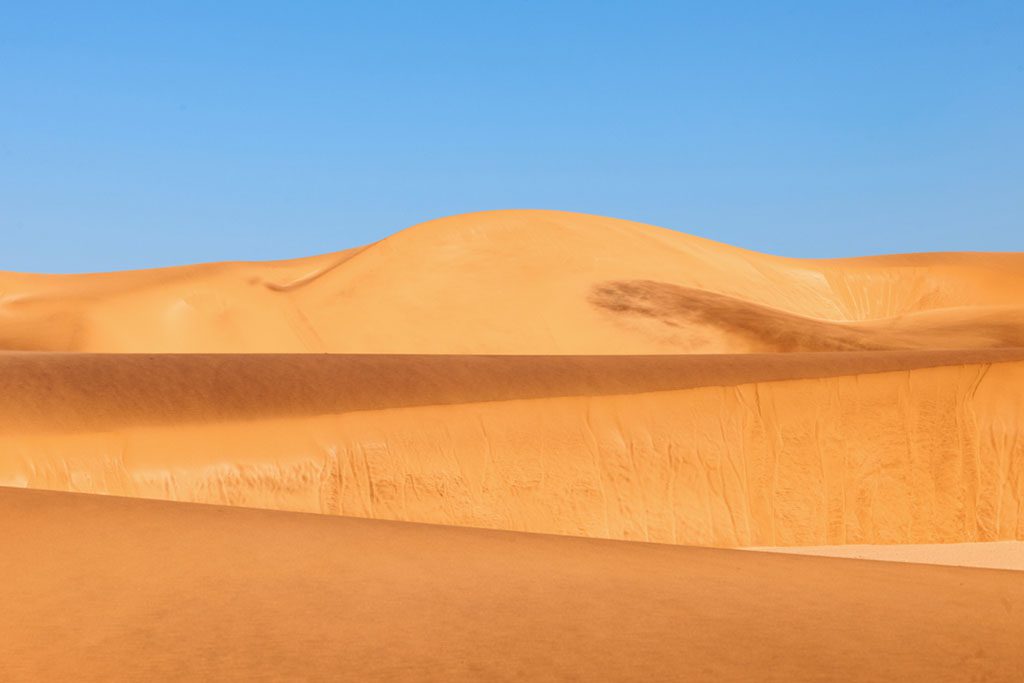
When you visit Dorob National Park, you can’t help but be awed by the changing, whirling sands and their inherent beauty. The Namib Desert, which runs along the coast of Namibia, is mostly made out of sand, and it stretches out before you.
The sand dunes are a great reason to visit the park, but that isn’t all there is to do there. There are also old San rock paintings and plenty of places to go fishing. The park is popular with birdwatchers since it is home to over 270 bird species. These birds can be seen flitting between the dunes and above the ocean’s waves.
7. Bwabwata National Park
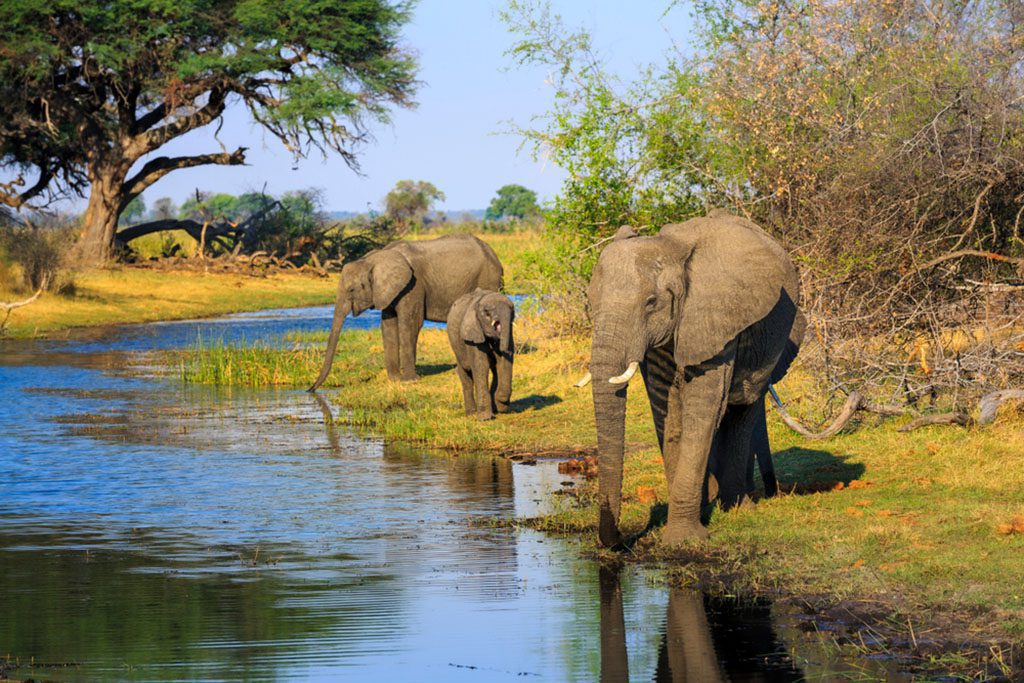
As unusual as it may seem for a national park, Bwabwata is home to more than 5,000 people. Therefore, the requirements of the populace are also considered in wildlife management, preservation, and protection.
The park has a mix of habitats that are home to a wide variety of species, including low-lying sand dunes, woodlands, and floodplains. The national park is situated at a migratory crossroads between Angola and Botswana, and as a result, the number of species that travel through the park varies throughout the year.
It is always exciting to see wild animals in their natural environment, and Africa does not disappoint with its abundance of elephants, buffalo, and zebra on the grasslands and crocodiles and hippos in the rivers and floodplains.
Amazing National Parks in Namibia: Nkasa Rupara National Park
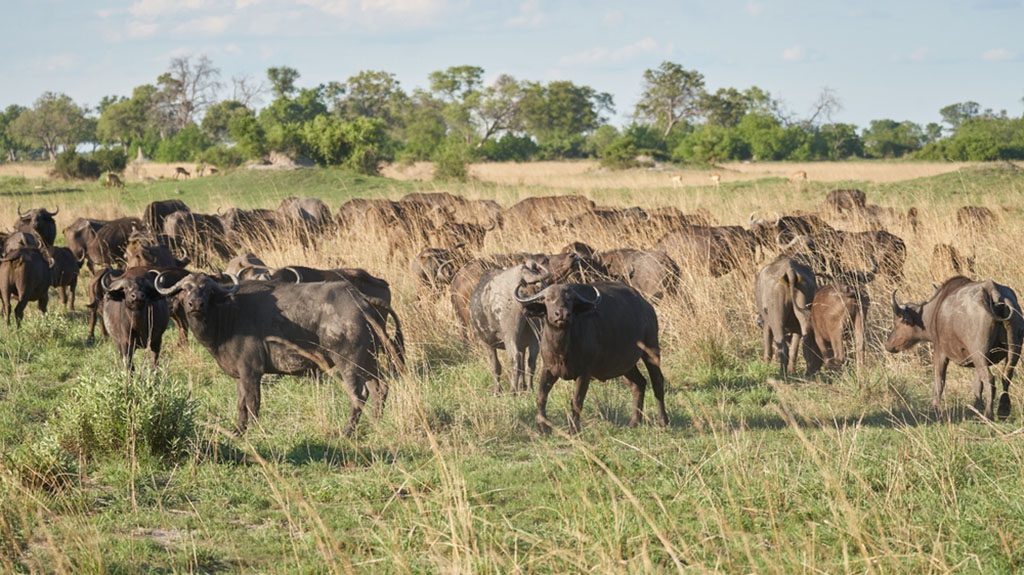
Because of the park’s remote location and challenging topography, visitors should pack accordingly. Those who do come will be handsomely rewarded by the many wonderful things to see in the national park.
Nkasa Rupara, the biggest wetland region in the country, comes to life during the rainy season when the Kwando River floods its banks. The vegetation is at its peak, and many different kinds of animals congregate there at this time.
The wetland ecosystem is remarkable, with its dry canals that burst into vibrant life within a chain of lagoons and small islands. Countless buffalo wade and wallow in the river while huge flocks of birds pass above.
5. Mudumu National Park
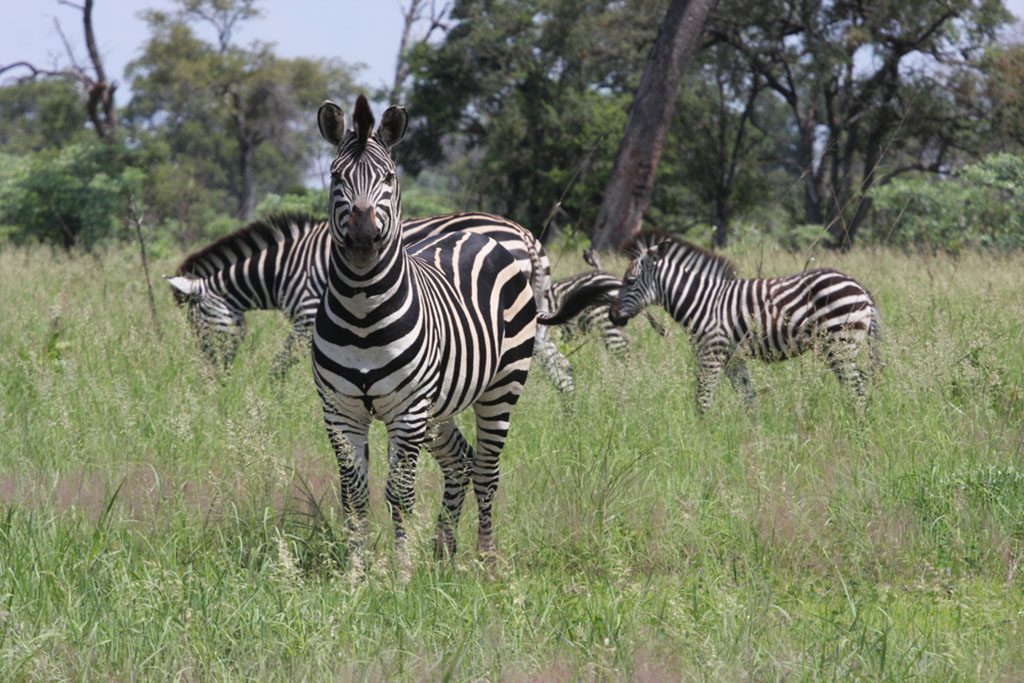
Mudumu National Park is one of five national parks in the region, and its pure nature is a major lure, especially after a rainy period. Because of its location on the Kwando River floodplain, it is less swampy and more manageable than Nkasa Rupara.
The park’s abundance of animals, including giant carnivores like lions and leopards, provides for exciting safari-style adventuring. The park is home to a variety of wildlife, including elephant herds and over 430 different bird species, so visitors are never bored. The park’s collection of animals has grown in recent years with the reintroduction of giraffes and antelope.
Amazing National Parks in Namibia: Skeleton Coast National Park
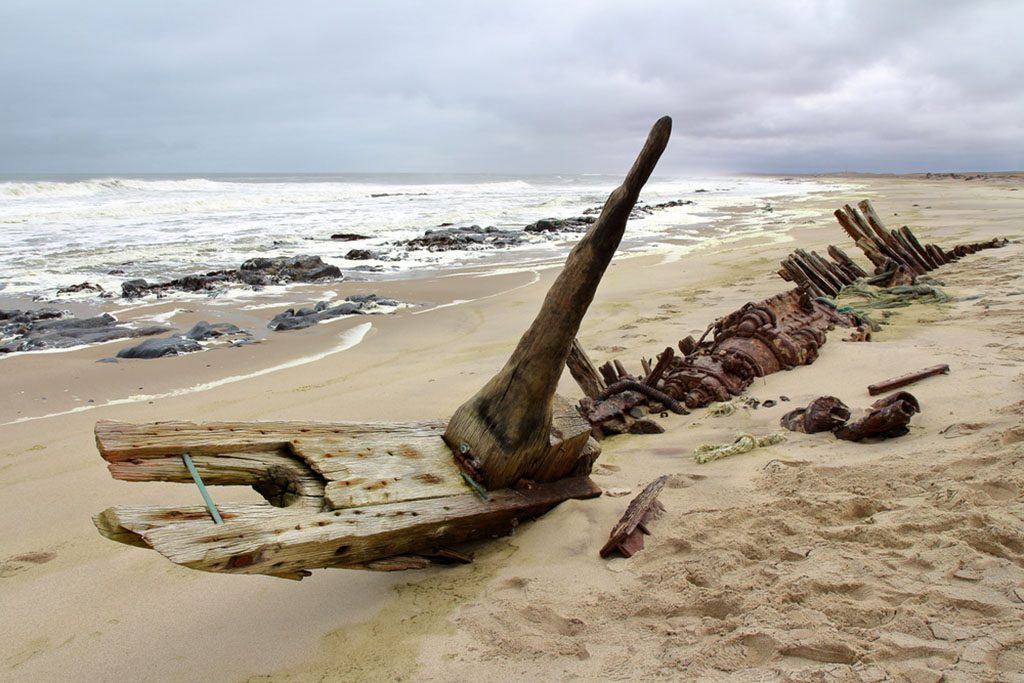
Even the term “Skeleton Coast National Park” conjures up images of danger since it is said to be one of the last unexplored regions of the planet. Despite the park’s occasional skull and crossbones signs advising visitors to turn back, the stark landscape is worth the risk.
Rusted ship wrecks dot the shoreline, creating an unsettling but oddly lovely landscape. These ships, which lie broken on the beach and are being slowly buried by the advancing sand dunes, are the park’s main draw. The Namibian coast was notoriously perilous due to the harsh conditions of the Atlantic Ocean, which included strong currents, freezing temperatures, and dense fog.
Skeleton Coast’s name and the memorable rusted shipwrecks are what draw most tourists, but the park has much more to offer than just that. You won’t have a dull moment while exploring this one-of-a-kind national park, thanks to its stunning landscapes and abundance of wildlife (including elephants, rhinos, and lions).
3. Tsau //Khaeb National Park
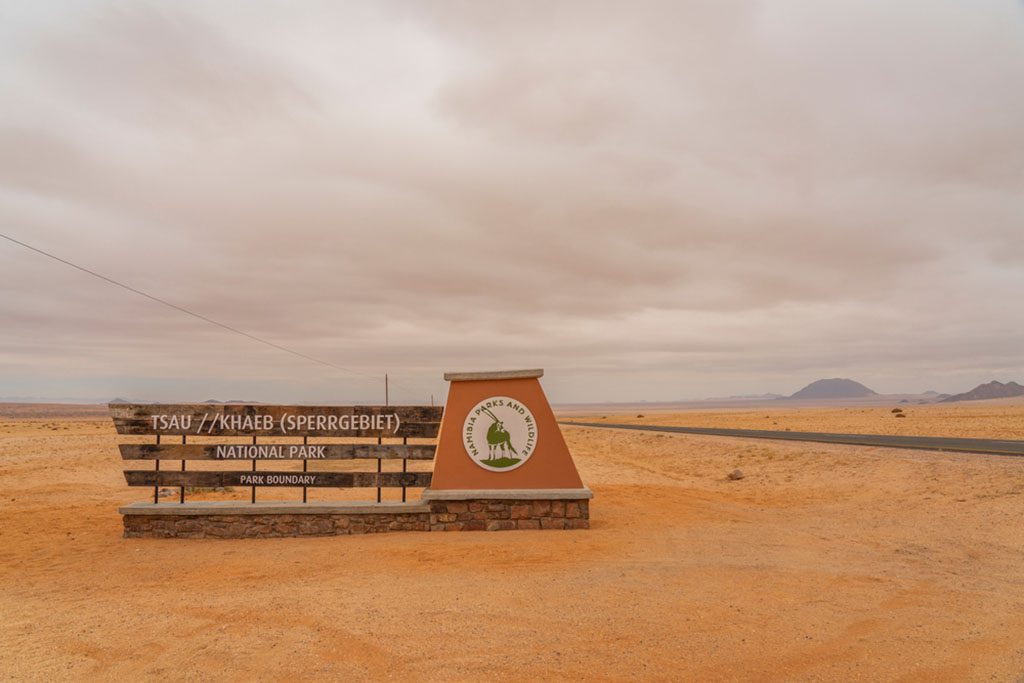
This large park represents nature as it was always meant to be: untamed, undisturbed, and gorgeous. Tsau /Khaeb’s great biodiversity and abundant ecosystems have attracted, amazed, and bewildered tourists despite the region’s remarkable isolation for over a century. Tsau /Khaeb, with its rich variety of plant life, is responsible for an amazing 25 percent of all of Namibia’s plant life.
Explore the beautiful landscapes of this park, which include sandy plains, massive rocky arches, and mountain ranges. Oryx, springbok, and seals are all plentiful in this area, and new discoveries are always around the corner. The park also protects seventeen islands right off the shore, where whales and dolphins can be seen swimming.
2. Namib-Naukluft National Park
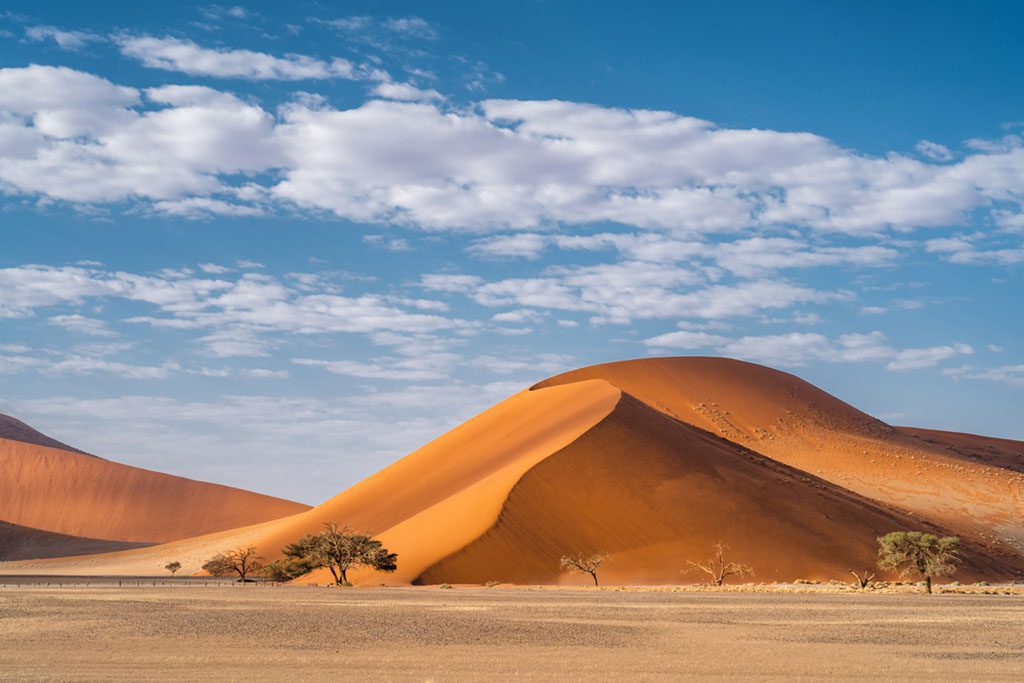
After being established by the Germans in the early twentieth century as a defense against the expanding British Empire, Namib-Naukluft National Park has grown to become the biggest protected area in Namibia.
Within its confines are a number of protected attractions that every traveler to Namibia should not miss. This national park boasts over 200,000-year-old archaeological sites, a plethora of exotic fauna, and breathtaking surreal scenery, so there’s something here for everyone.
The massive sand dunes of Sossusvlei are among the most well-known landmarks in all of Namibia. Beautiful red sand dunes stand out against the clear blue sky, creating a striking contrast to the white sands below, where blackened, burned trees poke their heads up. Absolutely stunning, this mosaic of contrasting colors is a must-see on any trip to the country.
Both the park’s mountain ranges and the magnificent canyons there are great fun to explore. Shipwrecks dot the coastline, much as in Skeleton Coast National Park, attesting to the raw, ruthless force of the sea. Arid and dry, much like the ocean, the desert is home to a number of fascinating ghost towns that have been left behind after their former inhabitants left.
Amazing National Parks in Namibia: Etosha National Park
![A landscape photo of a waterhole at Okaukeujo in Etosha National Park with a dramatic sky above. Animals can be seen in the distance near the water.]](https://ontravelx.com/wp-content/uploads/2023/02/481213219-1.jpg)
Etosha National Park, Namibia’s most visited destination, is also largely regarded as the country’s best national park. In addition to the more frequent white rhino, fortunate parkgoers may also encounter the critically endangered black rhino.
Elephants and lions come into the lit area surrounding the pool at night to drink their fill of the freshwater, making for mesmerizing and unique views at the Okaukuejo waterhole. Etosha, which was formerly part of a massive lake that has since dried up, is called “the Great White Place” in the local language.
As a result of its salt content, the Etosha Pan now has a hazy white tint. Etosha will be imprinted in your memory as long as you remember the sound of elephants trumpeting, the rustle of impalas in the distance, or the sight of a lion prowling the savannah.
Plan your trip with ontravelx and get ready for a journey full of breathtaking sights and priceless memories.


